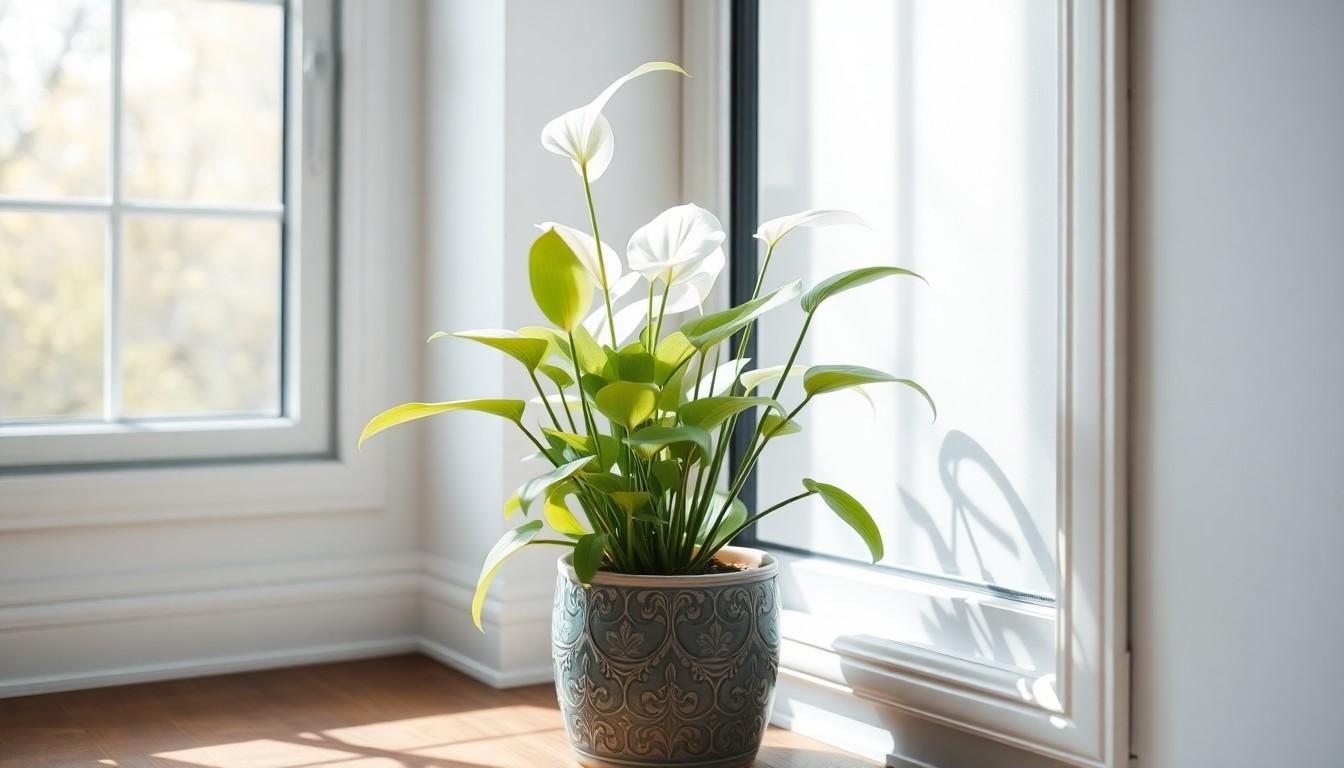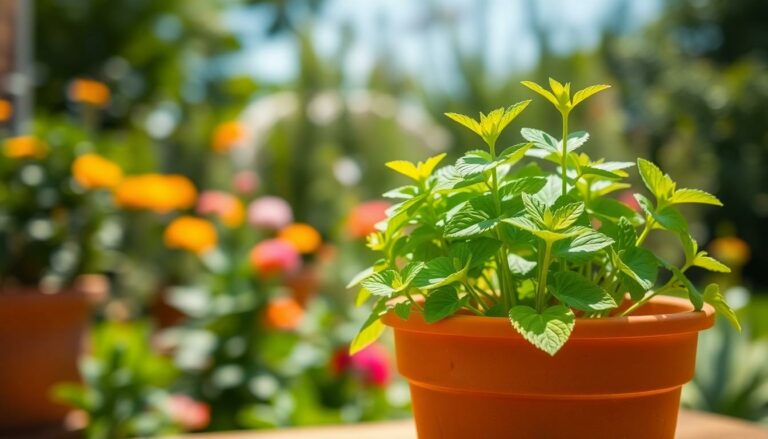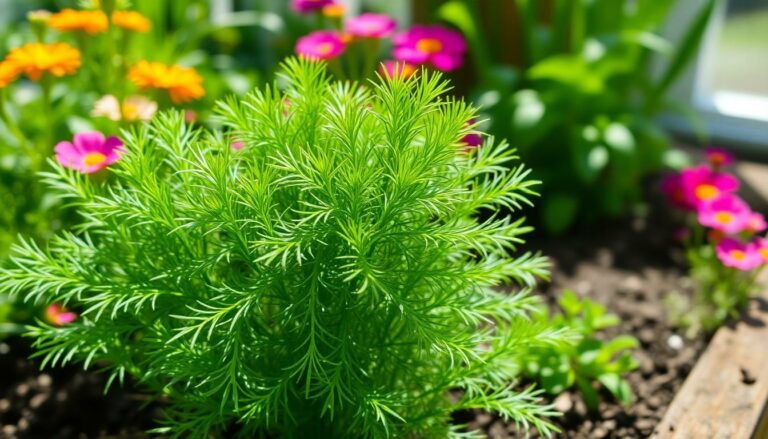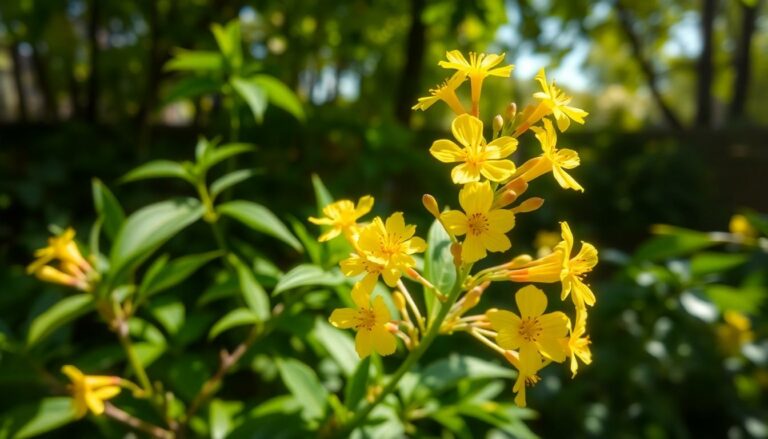Ghost plants, with their ghostly pale leaves and ethereal beauty, have taken the succulent world by storm. These enchanting little wonders not only add a touch of whimsy to any space but also boast a surprisingly low-maintenance care routine. If you’re tired of plants that demand a personal assistant, the ghost plant might just be your new best friend.
Ghost Plant Care
Ghost plants thrive in well-draining soil, ideally a cactus or succulent mix. This soil composition prevents root rot, a common issue with overwatering. Watering should occur when the top inch of soil feels dry. Adjusting watering frequency based on the season helps maintain plant health; during winter, reduce watering significantly.
Light requirements play a crucial role in ghost plant growth. Bright, indirect sunlight promotes optimal health, while too much direct sunlight can scorch the leaves. Positioning the plant near a window with filtered light creates a suitable environment.
Temperature and humidity affect ghost plant vitality. Typically, it prefers temperatures ranging from 65°F to 80°F. They tolerate dry conditions, so high humidity isn’t necessary. Signs of inadequate care include wilting or discolored leaves, indicating potential light or water issues.
Fertilization occurs during the growing season, usually in spring and summer. Using a diluted, balanced fertilizer every four to six weeks supports growth. Growth slows in fall and winter, thus reduce fertilization during these months to avoid unnecessary nutrient build-up.
Repotting should happen every couple of years or when the plant outgrows its container. Choose a slightly larger pot to accommodate growth while ensuring it maintains drainage. Pay attention to pests; ghost plants are prone to mealybugs and aphids, so regular inspections can prevent infestations.
Choosing The Right Environment

Creating the ideal environment for ghost plants ensures healthy growth. Proper light and temperature conditions play significant roles in their care.
Light Requirements
Bright, indirect sunlight is essential for ghost plants. Too much direct light can scorch their delicate, pale leaves. A south or east-facing window often provides the best lighting. If natural light is limited, using a grow light can help maintain optimal conditions. Adjusting the plant’s position based on seasonal changes enhances growth potential.
Temperature Preferences
Ghost plants thrive in temperatures ranging from 65°F to 80°F. These succulents tolerate the average household temperatures comfortably. Keeping them away from cold drafts and sudden temperature changes is vital for their health. During winter, they handle cooling down slightly but should remain above 50°F. Monitoring the temperature helps prevent stress and encourages vibrant foliage growth.
Watering Techniques
Watering techniques play a vital role in ghost plant care. Proper techniques ensure healthy growth and vibrant foliage.
Frequency and Amount
Watering frequency directly impacts a ghost plant’s health. Typically, watering occurs when the top inch of soil feels dry, which can be approximately every two weeks in warmer months. It helps to adjust the amount based on environmental conditions. The plant prefers deep watering, allowing water to saturate the soil and reach the roots. Overwatering can lead to root rot, so ensuring that excess water drains out of the pot is crucial. In winter, when growth slows, reduce watering frequency to once every three to four weeks.
Signs of Overwatering and Underwatering
Recognizing the signs of overwatering and underwatering is essential for maintaining a ghost plant’s health. Yellowing leaves often indicate overwatering, while shriveled leaves may signal underwatering. Root rot can emerge from consistent overwatering, leading to a foul smell and mushy roots. Conversely, if the soil remains too dry, the plant may exhibit wilting or browning leaf tips. Monitoring the plant’s condition helps in making timely adjustments, ensuring the ghost plant thrives in its environment.
Soil Selection
Selecting the right soil is crucial for successful ghost plant care. These succulents thrive in a well-draining environment that prevents moisture retention around the roots.
Types of Soil
Cactus or succulent potting mixes work best for ghost plants. These soil types typically combine organic components like peat moss, coconut coir, and perlite. Alternatively, gardeners can create a custom mix using equal parts potting soil, coarse sand, and grit. Such mixtures provide the necessary aeration and drainage. Specialty blends often contain additional nutrients, promoting healthy root development.
Importance of Drainage
Proper drainage ensures ghost plants remain healthy and vibrant. Inadequate drainage increases the risk of root rot, a common issue among succulents. Raised containers or pots with drainage holes prevent water accumulation. It is essential to monitor watering habits, as ghost plants prefer their soil to dry out between sessions. Choosing a soil mixture designed for succulents significantly reduces the chances of waterlogged conditions, promoting vibrant growth and well-being.
Fertilization Tips
Fertilizing ghost plants enhances their growth during the active season. Regular application of nutrients supports overall health and vibrancy.
Best Fertilizers for Ghost Plants
Balanced fertilizers work best for ghost plants. Look for formulations with equal ratios of nitrogen, phosphorus, and potassium, such as a 10-10-10 or 20-20-20 mix. Liquid fertilizers ensure quick nutrient absorption. Organic options like fish emulsion or compost teas serve as excellent choices. These provide necessary nutrients without the risk of over-fertilization. Always choose a fertilizer specifically designed for succulents or cacti to prevent damage.
When and How to Fertilize
Fertilization typically occurs every four to six weeks during the growing season, which spans from spring to early fall. Diluting the fertilizer to half-strength prevents nutrient burn. Apply the mixture directly to moist soil to ensure effective uptake. Cease fertilizing during winter when growth slows significantly. Regularly check for any signs of nutrient deficiency or excess. Symptoms like pale leaves or stunted growth may require adjustment in the fertilization routine.
Common Pests and Diseases
Ghost plants face several pests and diseases that can hinder their growth. Recognizing signs of trouble is essential for maintaining plant health.
Identifying Problems
Mealybugs often appear as white, cottony clusters on leaves and stems. Aphids, small green or black insects, cluster on new growth. Fungal infections can cause black spots or mushy areas on leaves, often resulting from excess moisture. Root rot manifests through yellowing leaves and a foul odor from the soil. Detecting these issues early helps prevent severe damage to the plant.
Prevention and Treatment
Regularly inspecting ghost plants for pests protects them from infestations. Isolating affected plants can prevent the spread of diseases. To treat mealybugs, use insecticidal soap or neem oil, applying it directly to infested areas. For aphids, a strong stream of water often dislodges them. Addressing fungal infections involves improving air circulation and reducing moisture levels. If root rot occurs, remove the affected plant from the pot, trim damaged roots, and repot in fresh, dry soil.
Caring for ghost plants can be a rewarding experience. Their unique beauty and low-maintenance needs make them a perfect choice for both novice and experienced plant enthusiasts. By ensuring they receive the right light, temperature, and watering, these resilient succulents will thrive and enhance any space.
Regular attention to soil quality and pest management will further contribute to their health and vibrancy. With the right care practices in place, ghost plants can flourish for years, adding charm and character to any collection. Embracing these simple guidelines will help anyone enjoy the captivating allure of ghost plants.





